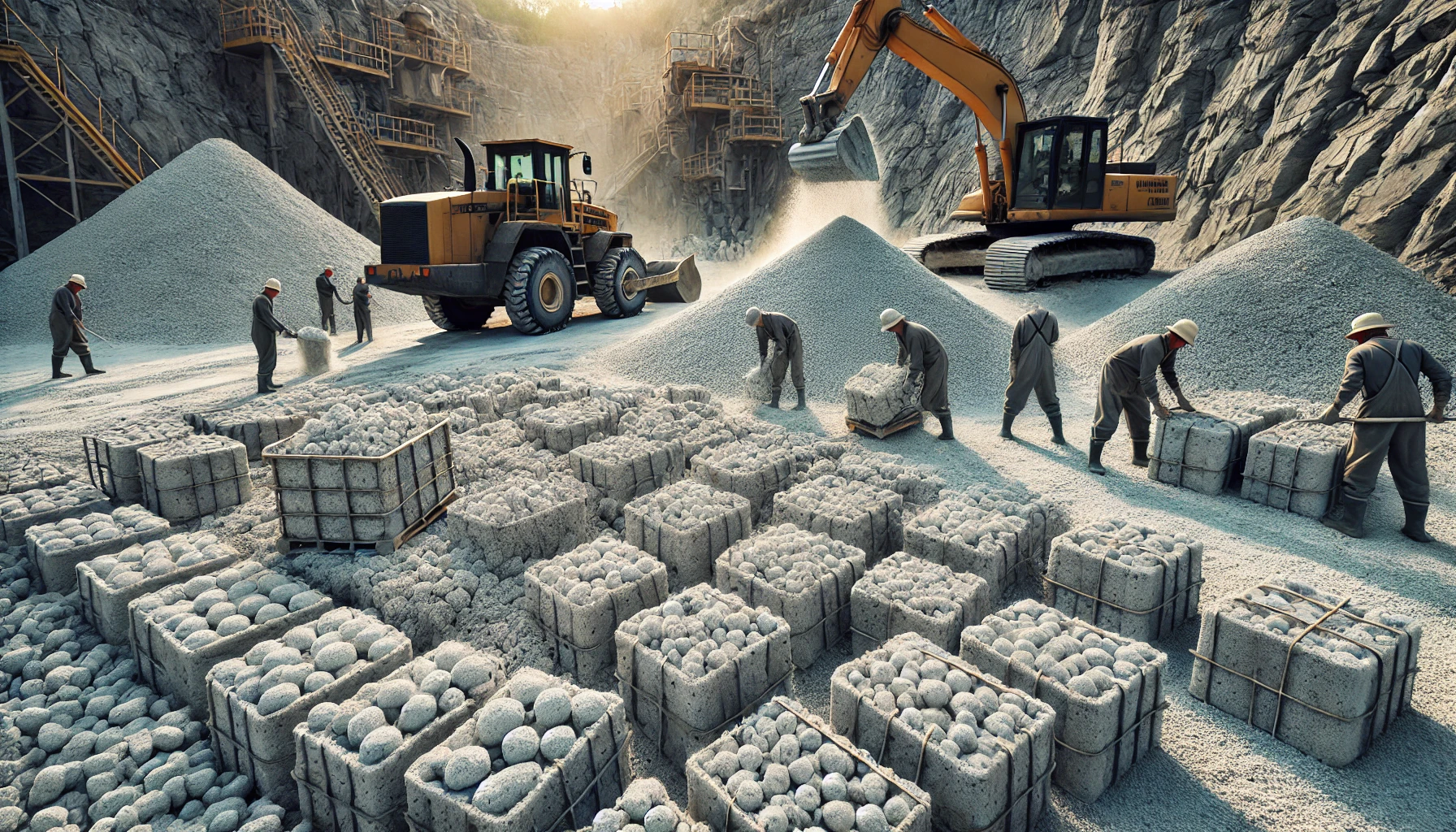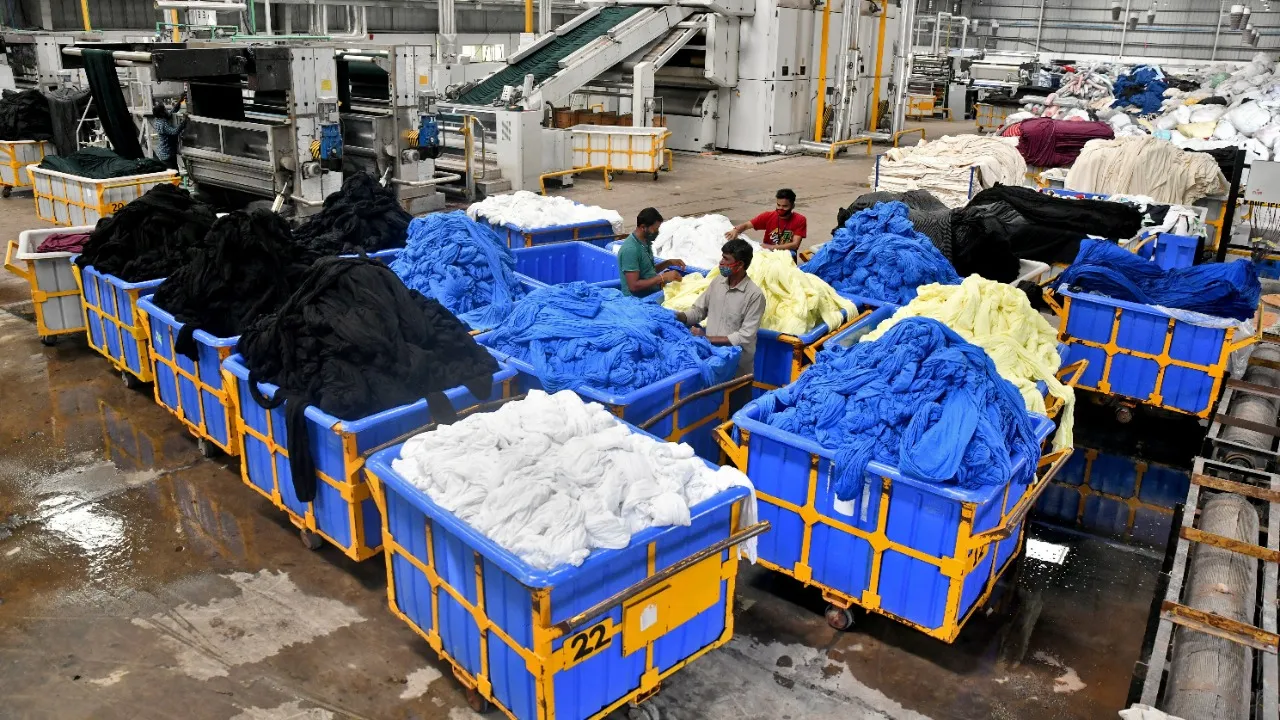
- 0300-0453331
- Info@benedett-entp.com
- Monday to Saturday 9:00am to 06:00pm
How to Make Lightweight Blocks: Ratios and Formulations

- Blog
- November 03, 2025
How to Make Lightweight Blocks: Ratios and Formulations
Lightweight blocks have become a preferred solution in modern construction due to their easy handling, excellent thermal performance, and ability to reduce overall structural weight. In Pakistan, two major types are widely used:
✅ Foam-Based Lightweight Blocks (CLC Blocks)
✅ Aggregate-Based Lightweight Blocks
This blog explains the material composition, recommended mix ratios, and production methods for both categories to help manufacturers achieve optimal block performance.
1️⃣ Foam-Based Lightweight Blocks (CLC Blocks)
Foam-based blocks, also known as Cellular Lightweight Concrete (CLC) blocks, are created by incorporating a stable foam into a cement slurry. Their lightweight nature makes them ideal for insulation and rapid construction.
Materials Required
-
Ordinary Portland Cement (OPC)
-
Clean water
-
Foaming agent (protein-based or synthetic)
Recommended Mix Design
-
Cement : Water Ratio → 1 : 0.5 to 0.6 (adjust based on slurry flow)
-
Foaming Agent → 1–2% of cement weight or as per supplier guidelines
Manufacturing Steps
-
Prepare a uniform cement–water slurry.
-
Generate foam and blend it gently into the slurry.
-
Ensure uniform foam distribution to avoid collapse.
-
Pour into molds and allow initial setting.
-
Cure blocks with water or steam for 7–28 days.
Key Properties
-
Density: 600–800 kg/m³
-
Thermal Insulation: Excellent
-
Compressive Strength: 3–7 MPa
2️⃣ Aggregate-Based Lightweight Blocks
These blocks are produced by replacing traditional aggregates with lightweight minerals such as pumice stone, while maintaining strength requirements for partition and infill walls.
Materials Required
-
Ordinary Portland Cement (OPC)
-
Pumice stone (coarse lightweight aggregate)
-
Sand or crushed fines
-
Clean water
Recommended Mix Design
-
Cement : Fine Aggregate : Coarse Aggregate →
1 : 2 : 3 or 1 : 1.5 : 3 (depending on strength requirement) -
Water–Cement Ratio → 0.4 – 0.5
Manufacturing Steps
-
Mix cement, sand, and pumice thoroughly while dry.
-
Add water gradually until a consistent mix is achieved.
-
Pour into molds and compact properly.
-
Rest for 24–48 hours before removing from molds.
-
Cure in a controlled humid environment for 7–28 days.
Key Properties
-
Density: 900–1200 kg/m³
-
Thermal Insulation: Moderate
-
Strength: Depends on mix design
Comparison & Applications
| Property | CLC Blocks | Aggregate-Based Blocks |
|---|---|---|
| Weight | Very light | Light |
| Thermal Performance | High | Medium |
| Strength | Moderate | Higher |
| Best Use | Partitions, insulation | Internal walls, non-load-bearing masonry |
Both types are widely used for:
-
Partition walls
-
Non-load-bearing masonry
-
Heat & sound insulation
Final Thoughts
Lightweight blocks contribute to energy-efficient, eco-friendly, and cost-effective construction. Choosing the right type depends on project requirements such as density, insulation level, and compressive strength.
For reliable raw materials — including pumice stone, fine aggregates, and foaming agents — contact Tradeworth International. Our expert team will guide you to the most suitable product and mix formulation for your needs.



Start and Boost Your Business by Producing Lightweight Blocks with Pumice Stone
Blog November 03, 2025 Innovation and cost savings are transforming the construction industry — and pumice stone lightweight blocks are...
Start and Boost…
Blog November 03, 2025 Innovation and cost savings are transforming…
Pumice for Textile…
Blog November 03, 2025 Pumice powder is a naturally occurring…



